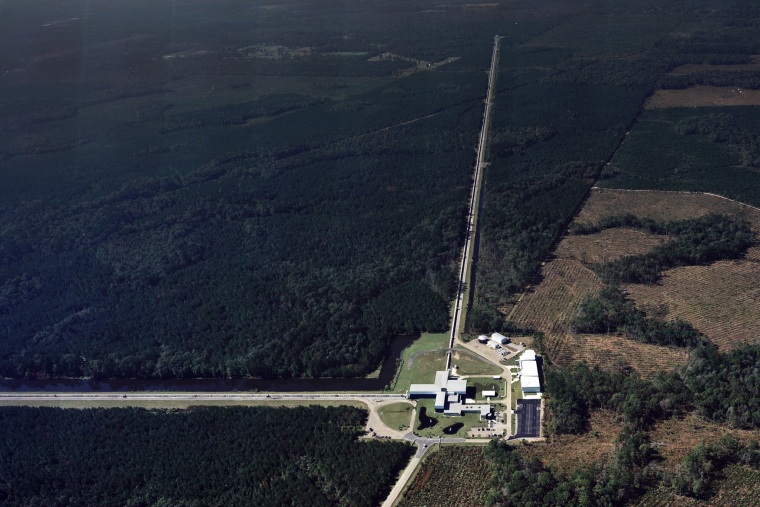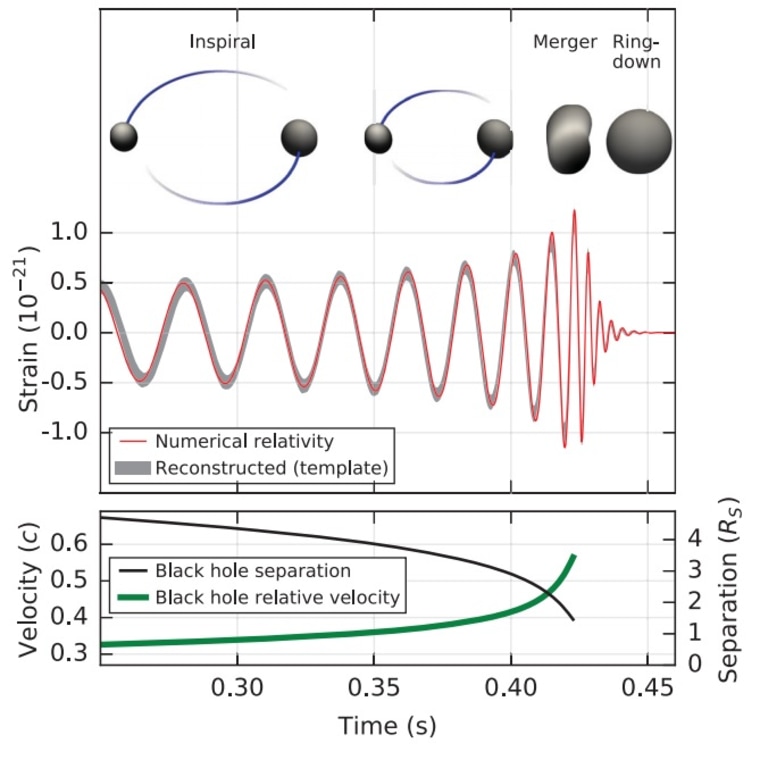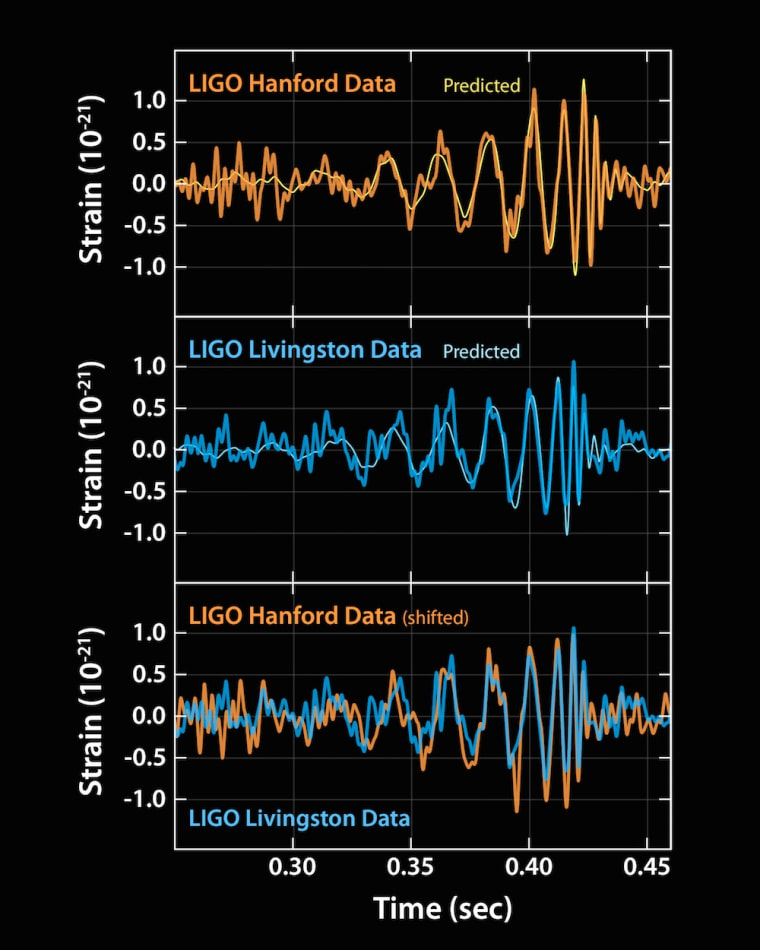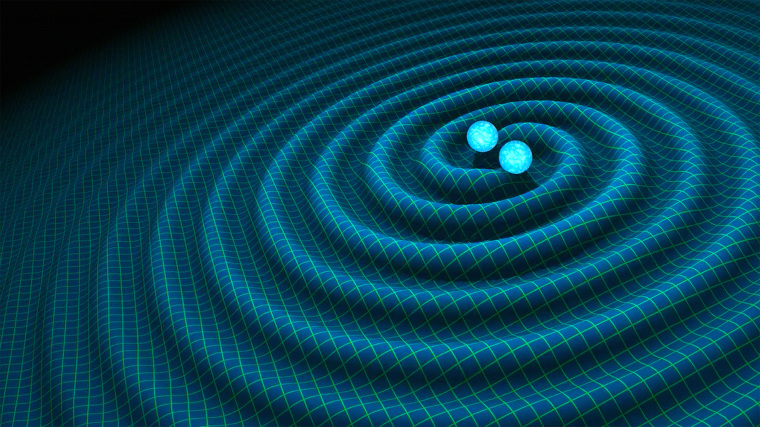Can you think back to what you were doing on September 14, 2015 at around 4:50am EST? No? Okay, me neither. But I'm guessing every scientist involved in the Laser Interferometer Gravitational-Wave Observatory (LIGO) knows exactly where they were. That was the day and time of the first detection of gravitational waves.

Gravitational waves are one of the many predictions of how the Universe behaves according to Einstein's theory of general relativity. If you're like me, you hear the words "theory of general relativity" and thoughts of complex equations and math beyond your wildest nightmares come to mind. But really, you can just think of it as Einstein's idea of how gravity works. In high school physics, gravity is taught as an invisible attractive force between any two bodies of mass. General relativity actually "visualizes" this force as the deformation of spacetime around these bodies - the more massive the body, the larger the deformation. Gravity is just how bodies moving through spacetime are affected by this deformation (or warping).
Gravitational waves are a special type of warping that occurs when massive bodies are accelerated and a great example of that is two black holes merging - exactly what LIGO detected. As these two black holes orbited each other, their warping of spacetime caused them to orbit closer and closer together, faster and faster, in a runaway process. It's the acceleration of this process and the eventual merging of them into a single more massive black hole that produced the gravitational wave signal detected by LIGO. The theoretical signal is shown below.

Just that story is enough to blow my socks off, but it gets even more mind-blowing when you learn the details of the actual signal. The waves took all of 1/5th of a second to pass through the LIGO detectors. And from that incredibly brief signal, scientist were able to extract the details of the system that caused it: 2 black holes, one 29 times more massive than our Sun and one 36 times more massive, spiraled into each other, merged, and formed a single black hole 62 the mass of our Sun, all at a distance of 1.3 billion light-years. How's that for impressive? All that from ripples in spacetime that passed through our entire planet in less than a second and nudged the LIGO detectors (4 km apart already) away from each other less than the diameter of an atom. Yeah, that happened.

For more details, visualizations, background, and impact on this amazing event I recommend the following:
- For the hard core geeks among you, here's the primary literature.
- How gravitational wave detectors actually work, with some excellent animations.
- Two excellent explanations of this detection and what it means next for astrophysics by Phil Plait and Matthew Francis.
- If you prefer to watch, rather than read, Brian Greene has you covered. [VIDEO]
- The story of the people behind this amazing science.
- A view from the inside from one of the LIGO researchers based at Northwestern University.
- Prior to the detection, three Caltech physicst working on LIGO were asked what finding a signal would mean to them. [VIDEO]
- If you want to go down a black hole rabbit hole, this site is for you.
- And my favorite aspect of this story is how the news broke 16 minutes before the press conference due to a picture of a cake.
- Oh and the detection itself now has a twitter account, because of course it does.
Keep on geeking!
@Summer_Ash, In-house Astrophysicist
